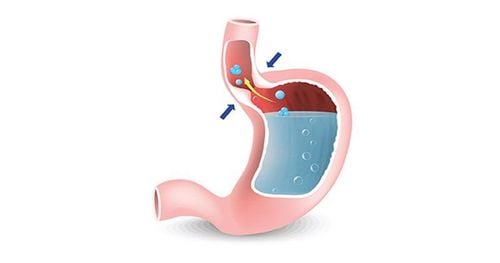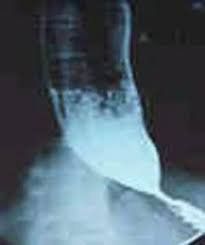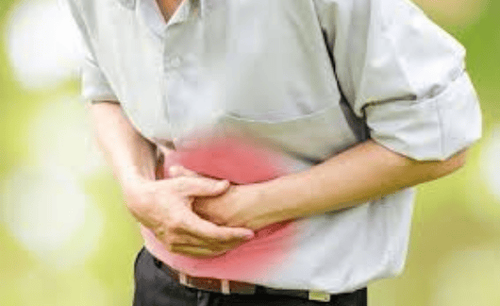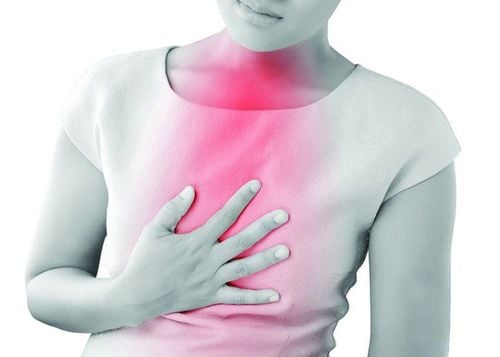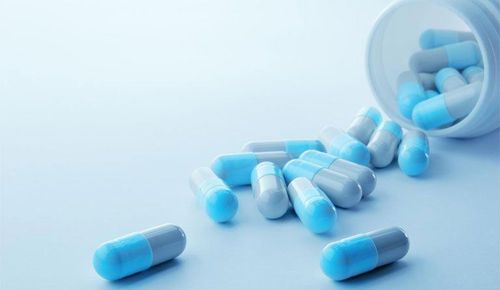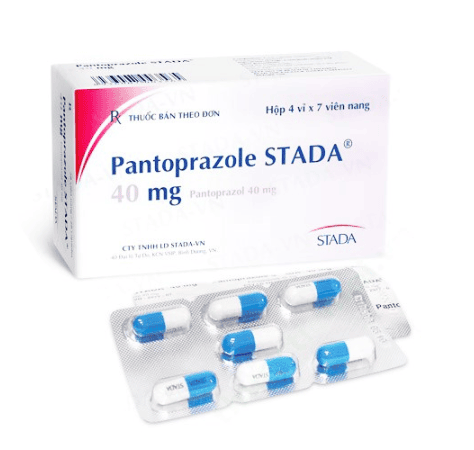This is an automatically translated article.
Posted by Dr. Do Minh Hung - Head of General Surgery Department, Vinmec Central Park International General Hospital.Cardiac spasm, also known as Achalasia, is a rare disease of the esophagus, ranked second after esophageal cancer. The overall frequency is 6 cases/100,000 population/year.
1. What is achalasia?
Achalasia is a functional disorder in which the esophagus is not able to push food down into the stomach (abnormal esophageal motility) and the lower esophageal sphincter opens incompletely (hypertension). lower sphincter) causes food to stagnate in the esophagus.2. Who gets Achalasia?
Achalasia affects about 3,000 people in the United States each year. The disease can occur in men and women with equal rates, can occur at any age, but is most often middle-aged, and there is a difference in the distribution of the disease in different regions. The disease is also common in people who are anxious, emotional or have a habit of eating quickly.3. What are the symptoms of the disease?
Symptoms of Achalasia include:Difficulty swallowing : You find it difficult to swallow or feel like food is stuck in your esophagus. Difficulty swallowing both solid and liquid foods.
Vomiting : Constipation of undigested food is a common symptom and it occurs many hours after a meal. Night terrors can manifest as a sleep cough and food detection on pillows or nightgowns upon awakening. Sleep apnea causes special anxiety because it can lead to aspiration pneumonia due to aspiration of food.
Pain or discomfort in the chest : Usually occurs in young people. Spastic pain spreads to the back and under the jaw, which can last from half an hour to a whole day. Most pain occurs in the middle of the night and is markedly relieved by drinking cold water or other substances (milk, tea, wine, beer).
Other symptoms : Heartburn; Weight loss

Nôn ọe là triệu chứng thường gặp của co thắt tâm vị
4. What Causes Achalasia?
The true cause of achalasia is still unknown. Most studies focus on autoimmune or infectious as the cause of Achalasia. Achalasia runs in families, suggesting that genetic factors may play a role in a person's emotional susceptibility.5. What complications does the disease cause?
When the disease progresses, it can cause:Esophageal ulcers due to long-term stagnation Malnutrition due to choking, inability to eat, Aspiration pneumonia due to regurgitation Progression to cancer. The rate of cancer is 9%, the rate of developing squamous cell cancer is 3-5% in patients with microspasm.
6. How is Achalasia diagnosed?
Tests commonly used to diagnose and evaluate Achalasia:Contrast Esophageal X-ray Esophagogastroesophageal sphincter Measure intraesophageal pressure. This is considered the gold standard for diagnosis

Nội soi thực quản dạ dày là một trong những phương pháp chẩn đoán co thắt tâm vị
7. How is Achlasia treated?
There are many treatments for Achalasia, and all of them are aimed at relieving the symptoms of the disease. The main goal of treatment is to reduce lower esophageal sphincter pressure to improve gastric emptying of the esophagus.Botulinum injection (Botox): Apply to high-risk Achalasia patients with surgery or who refuse to have surgery. The recurrence rate of the method is more than 50% in 6 months. If two injections still fail, the patient is treated with nifedipine or isordil.
Esophageal dilatation: The mechanism of this method is to abruptly break the lower esophageal sphincter fibers to relieve lower esophageal sphincter pressure, thereby reducing obstruction and improving esophageal drainage in patients with esophageal dilatation. cardiac spasm. Early results of Rigiflex balloon angioplasty > 80%.
Lower esophageal sphincterotomy: This procedure cuts off the lower esophageal sphincter to relieve lower sphincter pressure. This surgery is today mainly performed by transabdominal laparoscopy and transoral endoscopy (POEM). Most patients after laparoscopic lower sphincter resection have symptoms of reflux. The anti-reflux process can be done by many methods such as Dor, Toupet, Nissan... to restore the anti-reflux barrier and relieve symptoms after surgery. With POEM method of lower esophageal sphincter, only sphincter is removed, no anti-reflux procedure. The success rate of the method can be >90%.
Esophageal resection: Esophageal resection is performed for patients with dilated esophagus such as colon, torsion, failure of both dilatation and surgery.
Drugs: Patients with severe comorbidities that cannot perform surgical or surgical interventions may be treated with calcium channel blockers.

Những bệnh nhân mà điều kiện bệnh lý đi kèm nặng nề, không thể thực hiện được can thiệp thủ thuật hoặc phẫu thuật có thể điều trị tạm bằng các thuốc ức chế canxi
8. Can Achalasia be prevented?
The cause of the disease is unclear, the risk factors are unknown. However, early treatment can help prevent complications.9. What is the prognosis of the disease?
Prognosis is very variable according to your symptoms after treatment. Multiple treatments are sometimes needed.Surgery may be needed if endoscopic balloon dilation is not effective. Usually, the chance of success decreases with each successive dilation. As a result, your doctor will likely look for alternatives if a number of dilations are unsuccessful (usually only up to 3).
About 95% of patients who have surgery experience remission of symptoms.
From September 2019, Vinmec Central Park International General Hospital (HCMC) deploys a new technique - Treatment of achalasia with Robotic Surgery with Hand-held Robots.
This method has many advantages compared to both classic laparoscopic surgery and robotic surgery with:
Instruments with surgical heads that act as flexibly as wrist joints to help access narrow angles, increasing the possibility of dissection. separation and less damage to adjacent areas compared with classical laparoscopic surgery; Automated endoscopes via voice, laser, eye tracking, ... help doctors actively control and have better vision and control, increasing accuracy and safety in performing surgery ; With the advantages of compactness, robotic arm surgery is less invasive and has many advantages such as small incisions, less pain, low risk of infection, thereby helping customers to lose less blood during surgery and recover quickly; The cost is much lower than robotic surgery. >>>> Customers can refer to information: Day surgery, outpatient surgery
Patients will be consulted and treated with experienced endoscopic doctors and directly operated by Dr. Do Minh Hung - Head of General Surgery - Vinmec Central Park General Hospital. Dr. Hung has more than 25 years of experience in the field of General Surgery and has carried out dozens of valuable scientific research works, published many unique surgical techniques, bringing positive treatment effects.
Please dial HOTLINE for more information or register for an appointment HERE. Download MyVinmec app to make appointments faster and to manage your bookings easily.




